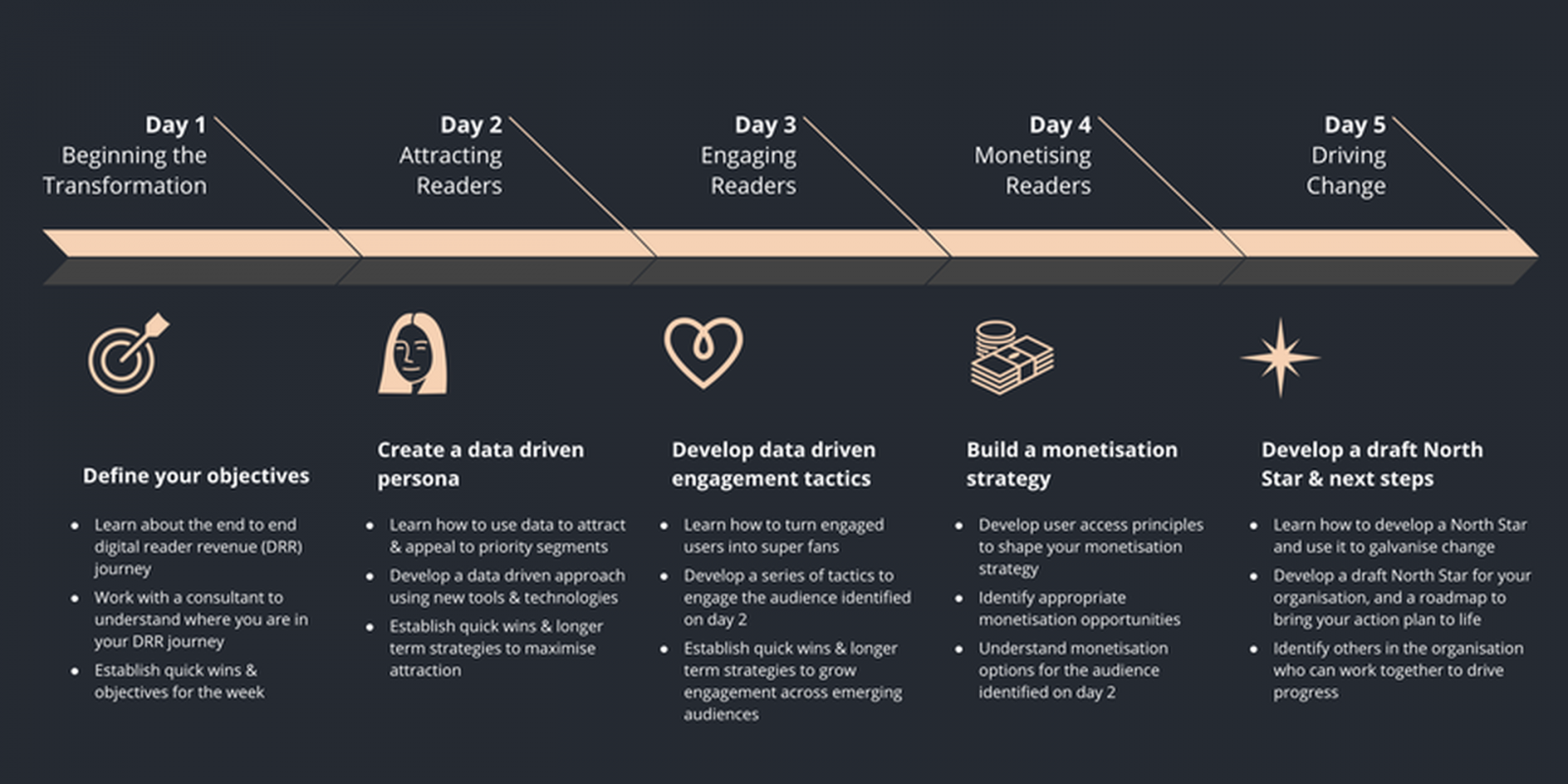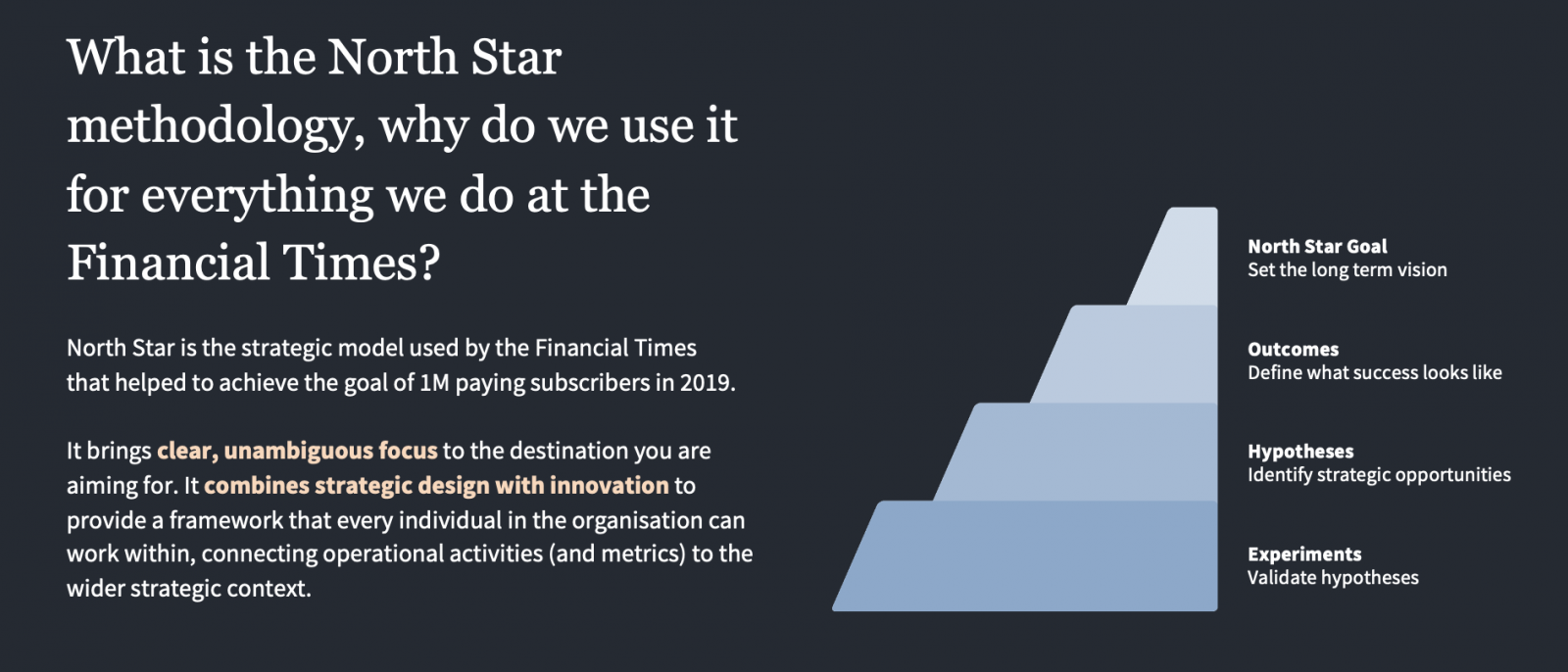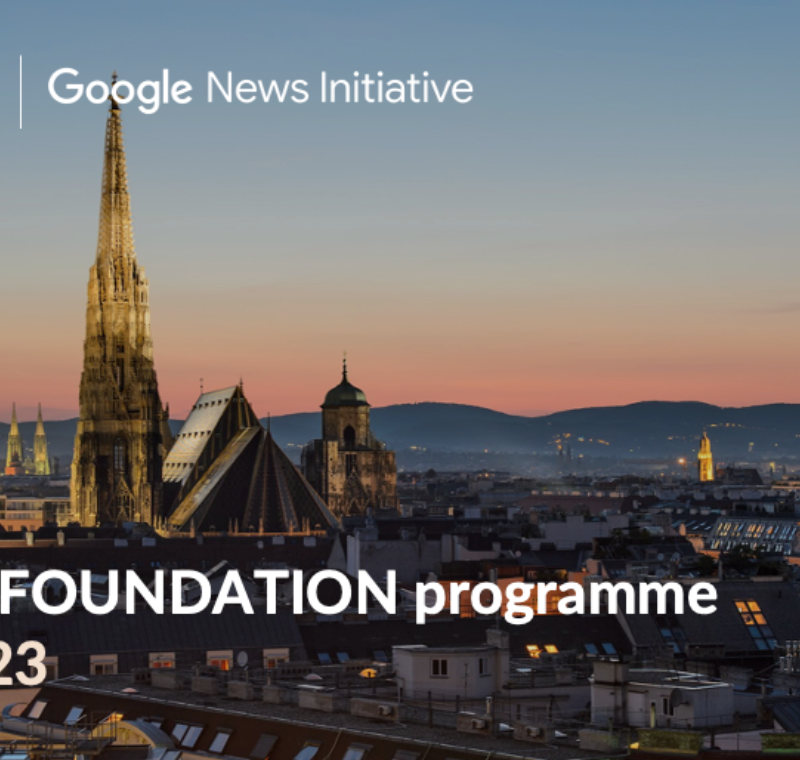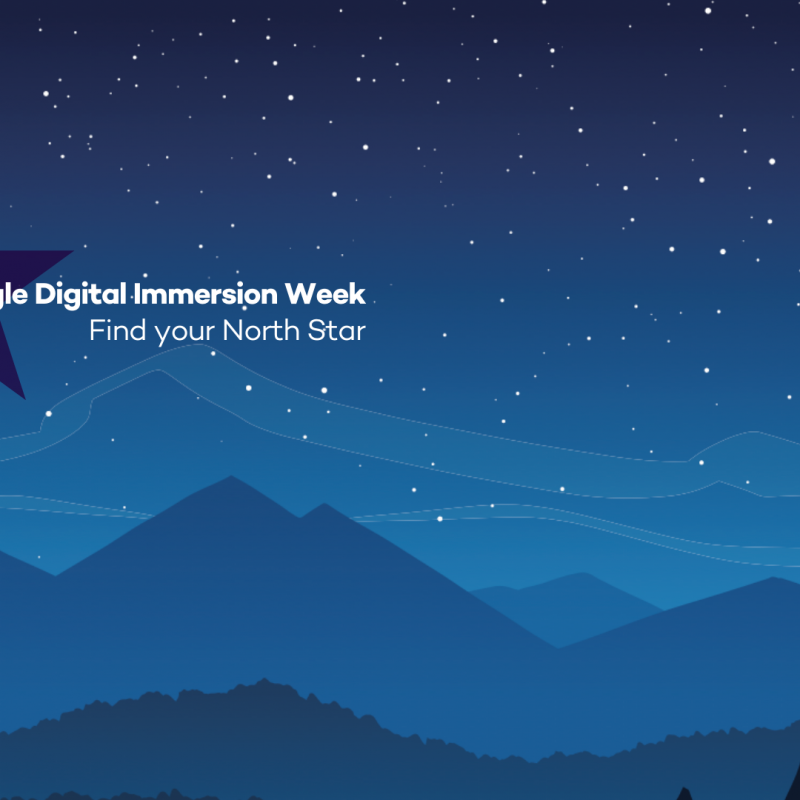Want an award-winning subscriptions strategy? Google it
We last week announced the return of our world-renowned digital subscriptions training course, held in collaboration with FT Strategies and the Google Digital News Initiative. Here, we look at the five key learnings that the 5-day course provides, and why a process-driven approach is so important to generating digital revenues today.
“In common with publishers the world over, we’re thinking about the digital future of Physics World,” says Jo Allen, Head of Media at IOP Publishing, in the latest testimonial about the event. “DIW was a great way to get some advice, and some structure, on my thinking around how we can really optimise the digital experience for our readers and advertisers.”

It’s an outlook shared by many media owners as the cookiepocalypse looms, and the rewards that a successful reader revenue strategy can bring become clearer. In outlining the pragmatic steps towards subscription success, Google Digital Immersion Week (DIW) focusses on five key areas…
Define your objectives
‘Make money from reader revenues’ is a good starting point, but of course different publications will lend themselves more readily to different subscriptions strategies. Quality content of all different forms has a value proposition, and can be packaged-up in a multitude of ways.
Google DIW begins with an introduction to the overall end-to-end digital reader revenue (DRR) journey, before participants are invited to go off and work with a consultant directly to determine exactly where their publication currently sits within that journey. By establishing quick wins and objectives during these preliminary conversations, attendees can immediately establish a short roadmap for the week and begin to work out deeper strategies beyond.
Create a data-driven persona
In some ways, this aspect of the process represents a ‘back to basics’ approach that predates the global programmatic advertising web that we have come to accept as the norm. Verticals, niches, and demographics can all be understood directly through first-party data, which can in-turn be used to attract more eyeballs in priority segments.
In today’s digital-first world, data informs not only content and audience decisions, but also the very technologies and tools that can be used to deliver the former to the latter in a frictionless way within a digital environment. There are quick wins and more longterm strategies that can be used to maxmise attraction, and both are looked at on the course.
Develop data-driven engagement tactics
Of course, once you’ve attracted your audience, it’s time to engage them more deeply… establishing the trust, relationships, and ultimately habits that keep users coming back for more. It goes without saying that the higher quality the content, the more likely you are to achieve retention, but there are additional tactics that you can employ to compliment this further.
Unsubscribed audiences can be converted into more engaged users, who are in-turn more likely to sign-up, and from there we have opportunities to turn subscribers into SUPER-users! It’s a more conscientious approach than simply throwing budget at scale, and lends itself particularly well to premium content environments…
Monetise your audience
And what does premium bring? That’s right, prizes! A strong reader revenue play can create a virtuous circle of growth, because once that momentum is in place, more money comes in, meaning more profits to re-invest in development, and as a result more engaging, clutter free and accessible content. Not that implementing a subscriptions strategy needs to mean losing out on ad-dollars of course! On the contrary, a more connected, engaged, and understood audience can bring ad-side benefits of its own.
The key of course is knowing how to put these wheels of momentum in motion, without compromising reach or scaring users away. Balance – and agility – is key, and there are numerous monetisation options available.

Find your North Star
And finally, the North Star concept delivers a tangible catalyst for change. What’s you ‘Why?’ It’s a strategic model employed by the Financial Times that enabled the publication to achieve a goal of 1m paying subscribers in 2019. It combines strategic design with innovation to provide a framework that every individual in your organisation can work within, connecting operational activities (and metrics) to the wider strategic context.
The course is now accepting submissions for the September convening, and you can find out more about it here.











